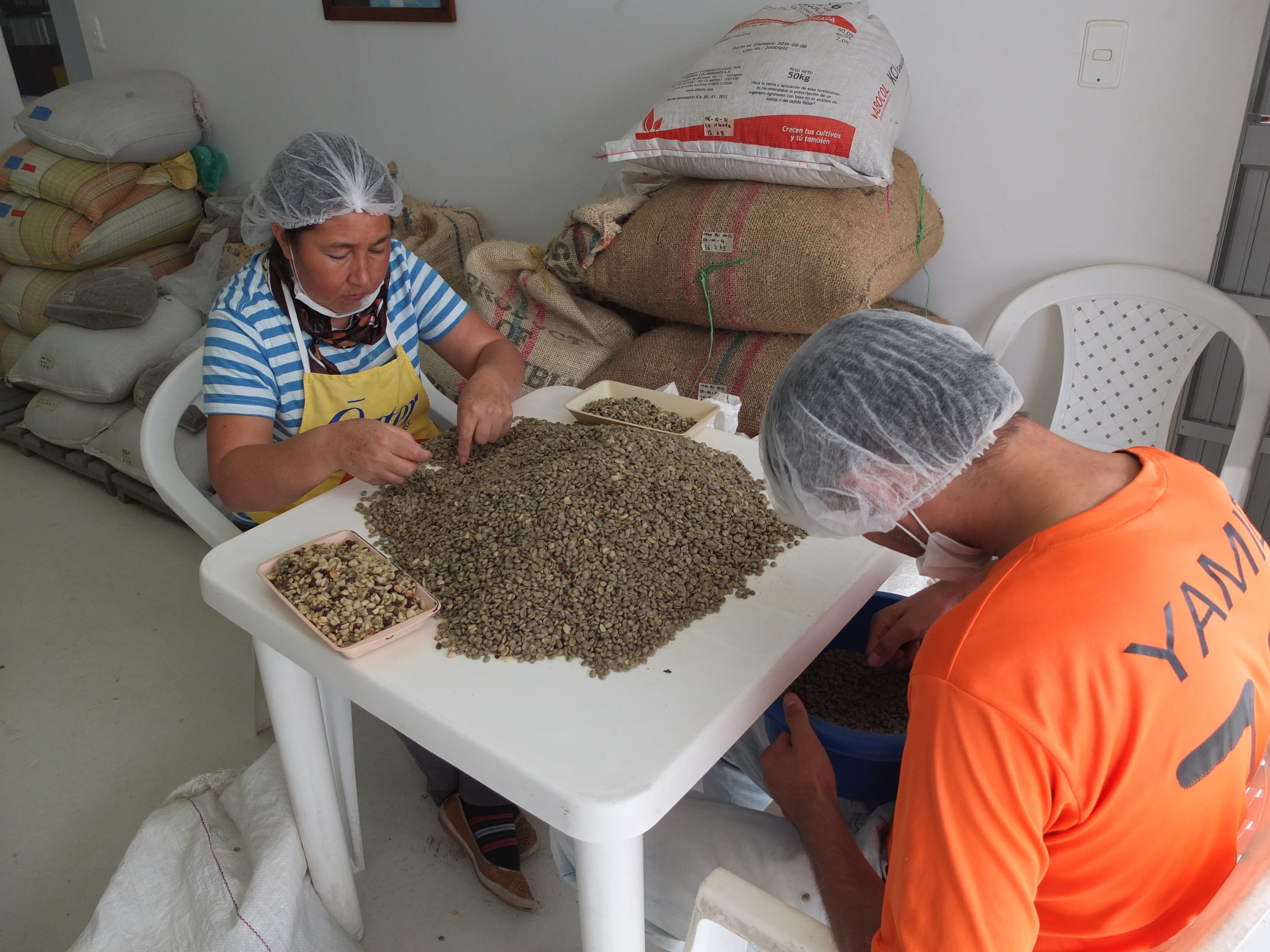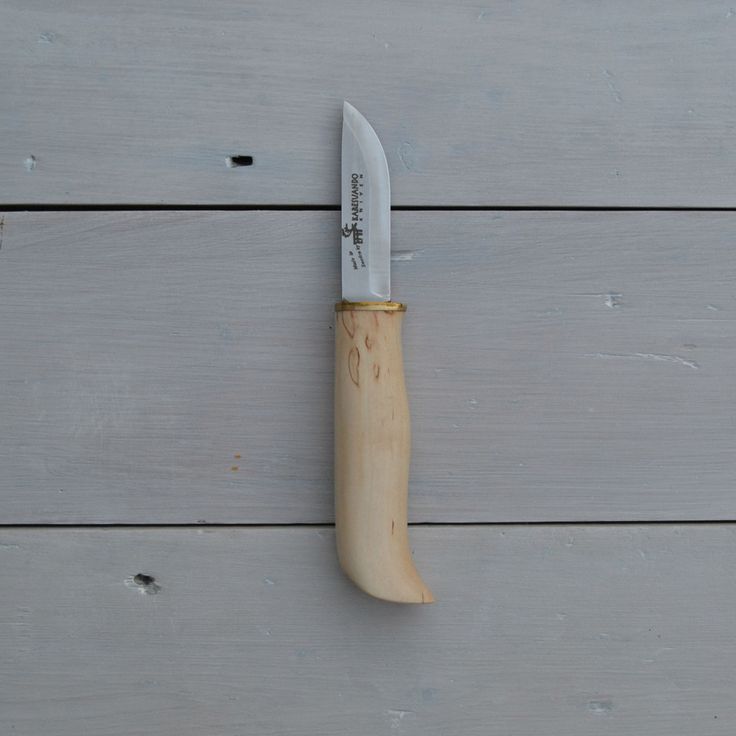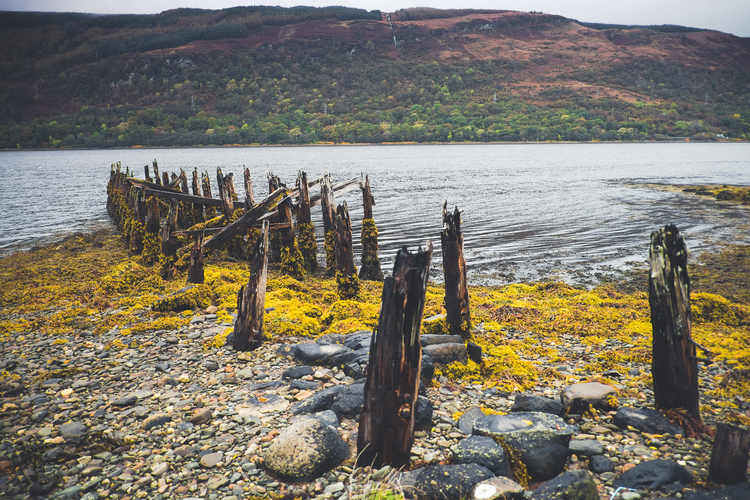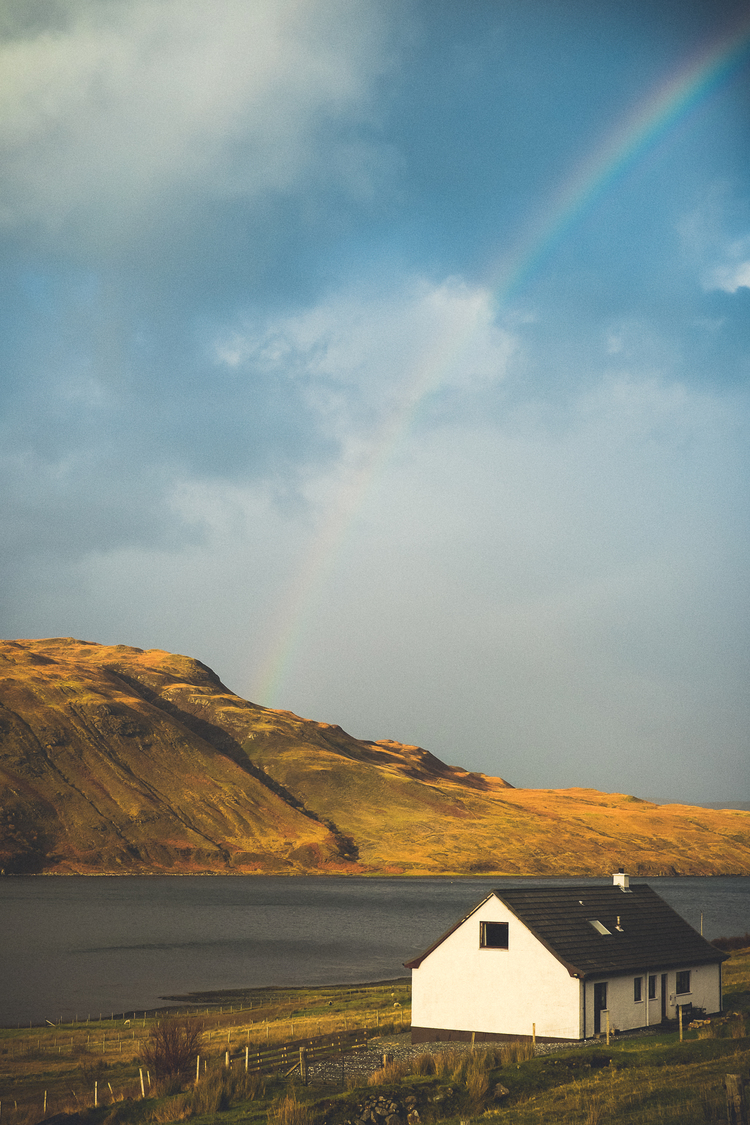Ricardo of The Roasting Shed travels back to his Colombian homeland to explore the journey of his coffee beans from plant to cup
The Roasting Shed is expanding this year – importing its own green coffee beans from coffee farms in Quindío in the west of Bogotà in Colombia. The area is perfect for growing coffee – rolling jungly hills with rich volcanic soils and bursting rivers, which rarely lose momentum. It also happens to be my home.
A little visit was necessary to see the production techniques, build relationships and of course sample some coffee. The harvesting of coffee beans is a relatively low-tech process. The ripe red cherries are picked off the coffee bushes by hand; experienced pickers only pick the red cherries at their optimum ripeness. Baskets full, they head back to the farm to begin the washing process. They remove the sweet pulp to reveal the bean, which is covered in a membrane. The beans are then soaked in concrete pools to allow this membrane to break down; a natural chemical process that enhances the flavours of the bean. They are then air and kiln dried. Finally, after being hulled and sorted for size, they are bagged in the classic hessian 60KG bags ready for export.
After a busy morning of harvesting, washing and drying we sat down to a delicious lunch of spicy salchichón (chorizo) and my favourite avocado on arepa (Colombian corn bread tortilla) washed down with a delicious freshly-roasted coffee. Simple pleasures are the best.
This coffee from Quindío isn't available yet (watch this space) but we have an amazing Colombian bean among our range called Agustino. This is a clean, bright- tasting coffee, with a buttery feel in the mouth and a delicious caramel sweetness with delicate orange citrus notes.




























































